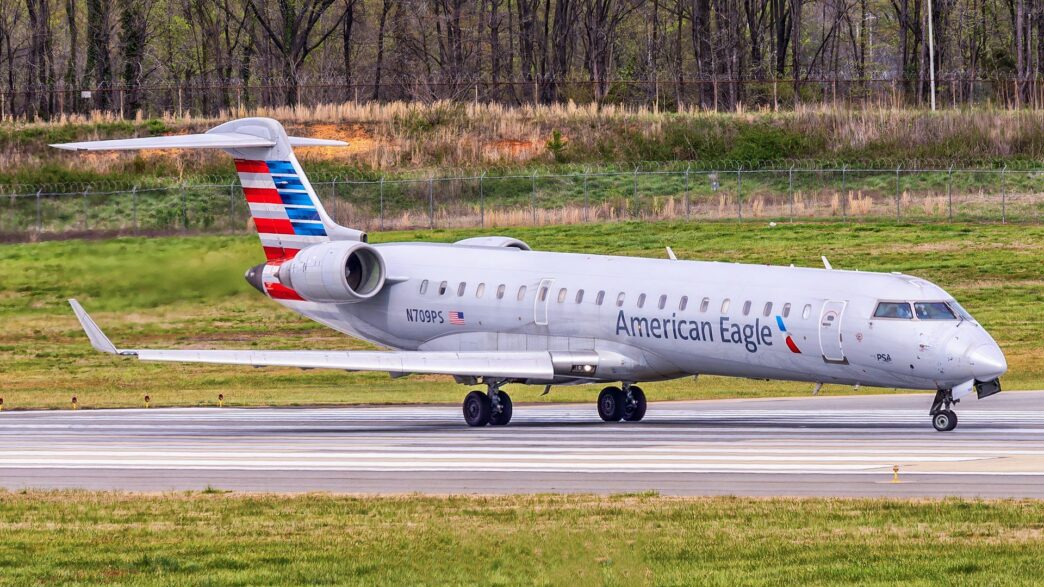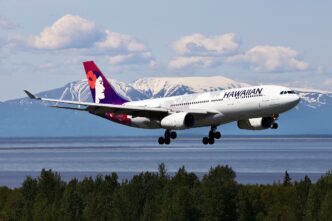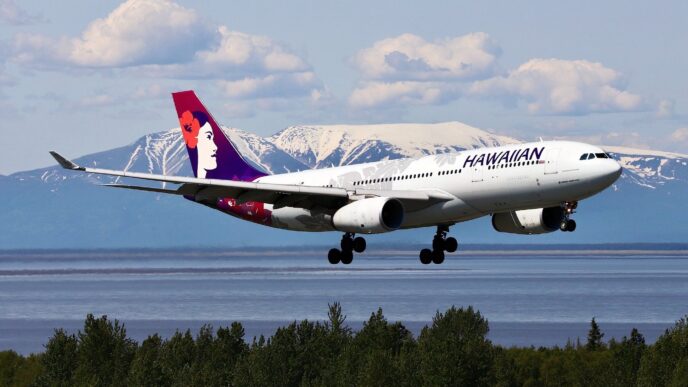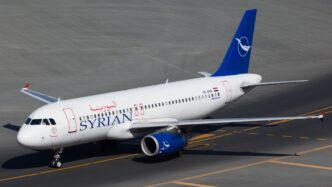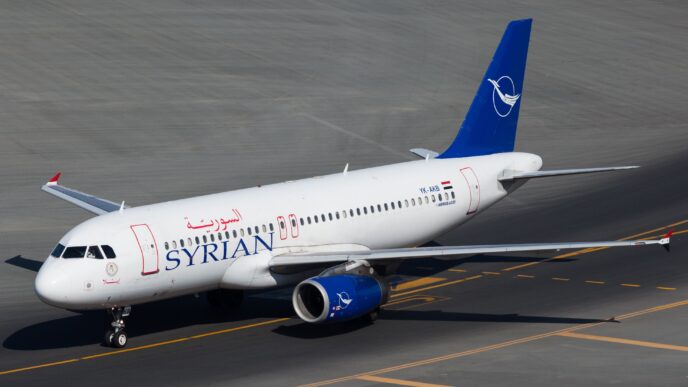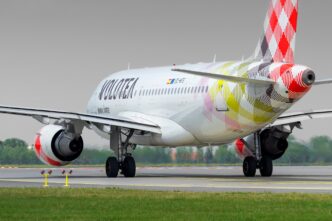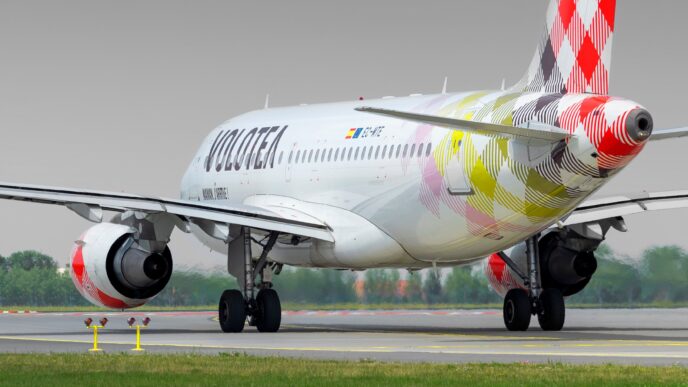On January 29, 2025, a tragic midair collision occurred over the Potomac River involving a US Army Black Hawk helicopter and a PSA Airlines Bombardier CRJ-700, operating as American Eagle. This devastating accident, which happened as the aircraft approached Reagan Washington National Airport (DCA), resulted in the loss of all 67 lives on board. In response, the Department of Transportation’s Office of Inspector General (DOT OIG) has initiated an audit to scrutinize the FAA’s management of the airspace around DCA, particularly focusing on the handling of ADS-B Out exemptions. Announced on August 8, 2025, this audit seeks to identify any safety lapses in airspace design and exemption processes that may have contributed to this catastrophe.
The audit comes amid growing criticism of the FAA’s oversight of the congested airspace near Washington, D.C., where over 15,000 separation issues were recorded between 2021 and 2024. Senators, including Maria Cantwell and Ted Cruz, have urged a thorough review of how military and other government flights are exempted from broadcasting their positions via ADS-B Out—a crucial system for enhancing situational awareness and preventing collisions. Transportation Secretary Sean Duffy has publicly backed the audit, stressing the importance of preventing future tragedies. The FAA has pledged full cooperation, stating that safety remains its top priority. An action plan was also released, outlining measures such as eliminating mixed helicopter and fixed-wing traffic, closing certain routes, and revising military agreements to mandate ADS-B Out broadcasting.
This initiative is a significant step towards improving airspace safety and accountability. The FAA’s commitment to working closely with the NTSB-led investigation and implementing necessary changes is crucial. By addressing these issues, we can hope to prevent similar incidents in the future and ensure safer skies for everyone. #AviationSafety #FAA #AirspaceManagement
Originally reported by Simple Flying Read More

